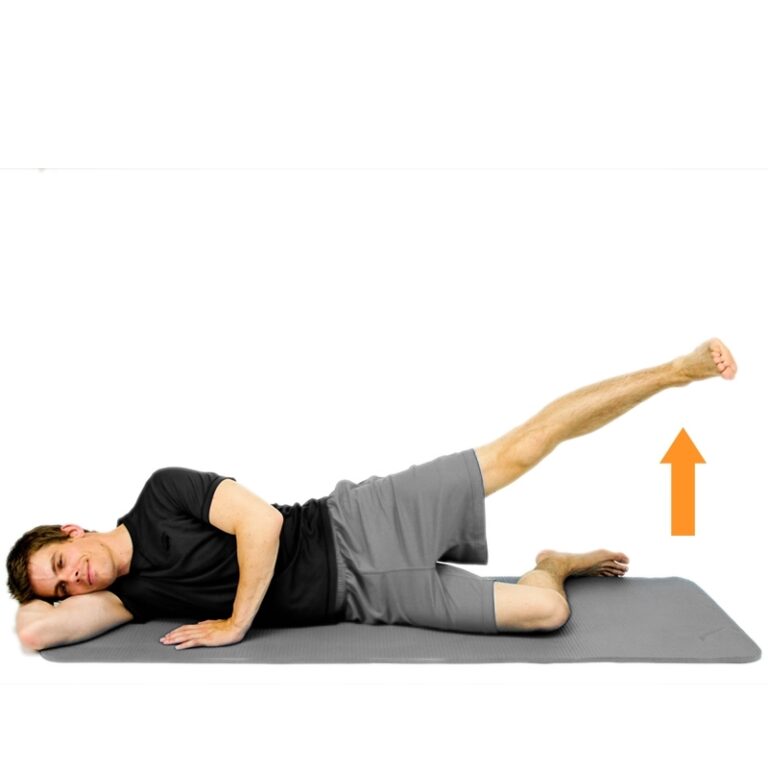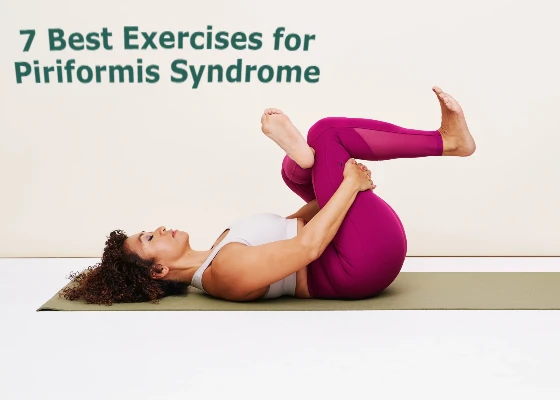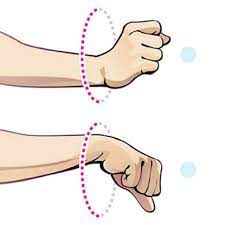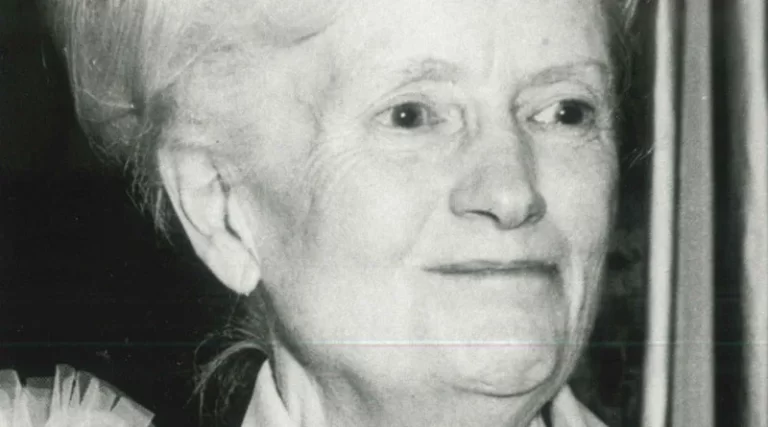Best Exercises for Total Hip Replacement.
Exercises for Total Hip Replacement are very important to improve the strength and mobility of your hip and a gradual return to day-to-day activities. Your orthopedic surgeon and physical therapist may suggest that you exercise for 30 to 40 minutes a day, or even 2 to 3 times daily during your speedy recovery.
There are many exercises shown for the early recovery stage, but when you are going to do it, first of all, you have to confirm with your surgeon and physiotherapist.
Table of Contents
Early Post-operative exercises :
Below given, exercises will help you to increase blood circulation to your legs and it is also important to prevent blood clots. The training will also help to strengthen your muscles and improve your hip mobility.
After the operation, start to exercise as soon as you can. You can start exercising in your hospital recovery room immediately after surgery. You may feel pain and also feel uncomfortable at first, but this exercise is will help you to recover and also reduce your post-operative pain.
Ankle pumps (Ankle Toe Movement) :
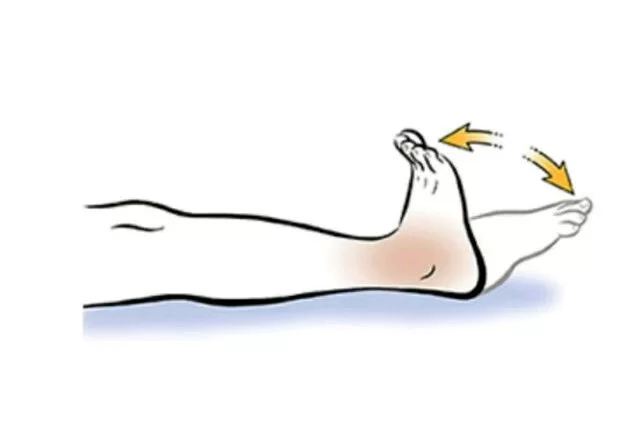
This exercise is very effective and easy to do immediately after surgery.
This exercise will perform in a lying position, with the leg straight.
Slowly push your foot upside downside.
repeat this exercise many times or also you can do it every 5 to 10 minutes.
This exercise you can do until you will get total recovery of your hip.
Ankle Rotation :
This exercise will also perform in a lying position.
You have to move your ankle inside the word of your other foot and then outside away from your other Foot.
You will have to repeat this exercise 5 times in each direction.
you can do this exercise 3 to 4 times a day.
Bed-supported knee bends :
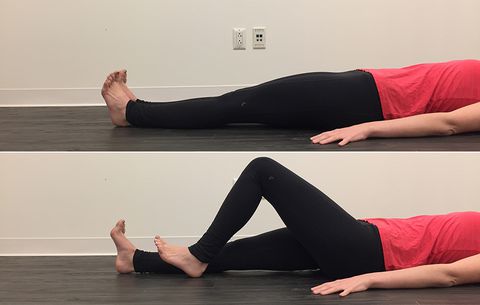
The position for the exercise is the same as before.
Your both legs are in a straight position.
Now slowly, drag your ankle toward your hip side with your heel keeping in touch with the bed.
Do not move your knee or roll inside.
Hold your knee in a maximum bending position for 5 to 10 seconds.
Now make straight your leg.
you can do this exercise 3 to 4 times a day.
Buttock Contractions :
Exercise will be done in a lying position, you should be in a comfortable position for the exercise. In this, make tight your Buttock muscles and hold them for five seconds. Repeat it 10 times. This exercise will take 90 seconds per session. You can also do this exercise 3 to 4 times per day.
Hip Abduction exercise :
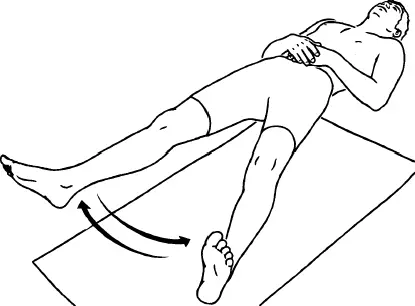
Slide your leg’s outer side as much as you can. Then put back to the real position.
you can repeat this exercise 10 times this exercise will also take 90 seconds and you can also do it 3 to 4 times per day.
Static quadriceps exercise :
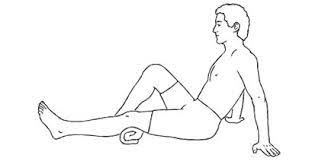
You can do this exercise very easily in a sleeping position.
you can also use a towel roll to put under the knee.
after putting the towel roll it under the knee and push your knee downside. It means tight your thigh muscles (Quadriceps muscle).
Hold the muscle contraction for 5 to 10 seconds you can do this exercise 10 times every 10 minutes. You can take a rest for one minute and start it again. Continue to do the exercise until your thigh gets fatigued. This exercise will few time around take 2 to 3 minutes.
Straight leg raises :

This will perform in sleeping by fully straightening your knee on the bed.
Now try to lift your leg for some height and hold it for 5 to 10 seconds. Now slowly put down your leg. Repeat this exercise until your thighs feel tired This exercise will take 2 to 3 minutes as usual.
Standing exercises :
After some time of surgery, you will be able to leave your bed at the initial stage but you will need any of the support. Standing is very necessary to get strength back. After doing standing exercises, you will be able to stand by yourself without any support.
When you are doing this exercise in a standing position, so notice that thing you have any support nearby.
Standing knee raises :

Now stand with the support by holding with it, in both hands.
Try to lift your operated leg toward your head side. Don’t try to lift your knee higher than your waist level. Hold it for 2 to 3 seconds, and slowly put your leg downside Repeat this exercise 10 times. This exercise will take three minutes. You can do it 3 to 4 times per day.
Standing hip abduction exercise :
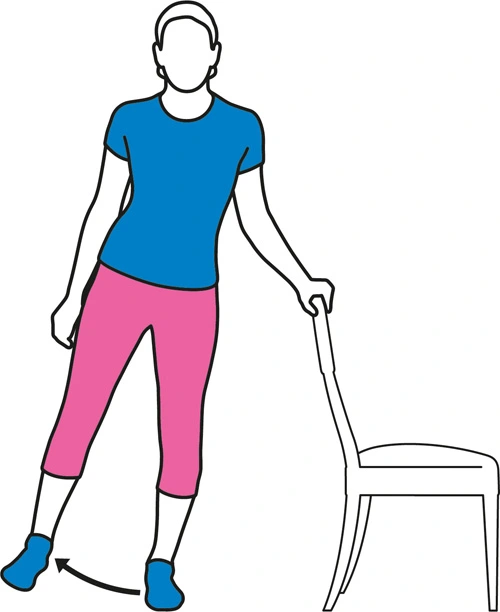
In this exercise, you will also have to stand with any of the support and notice that thing, your hip knee, and foot or straight forward.
Keep your body position straight with both the straight now lift your leg outer side.
And put it back in the real position.
Repeat this exercise 10 times.
This exercise will take 2 to 3 minutes, and you can also do it 3 to 4 times per day.
Standing hip extension :
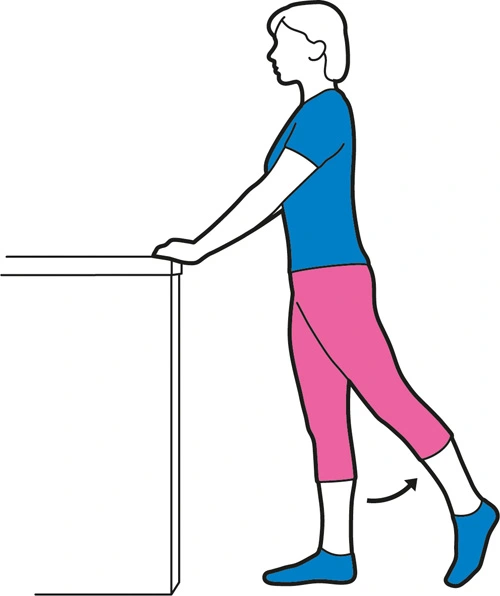
Lift your operated leg back side of the body at a gradual speed and try to keep your back in a straight position.
Hold it for 2 to 3 seconds and return it to the rear position.
Repeat this exercise 10 times.
This exercise will take 2 to 3 minutes, and you can do it 4 to 5 times per day.
Early activity :
After some time of surgery, you will have to start walking for a short distance in your hospital, recovery room, and easy daily life activities. This early activity will help you to recover your hip and give your strength and movement back.
Walking :

If you’re walking in the proper position, it will help you very good to recover your hip. At the initial stage you will have to walk with a walker or crutches your orthopedic surgeon and physiotherapist will ask you about how much weight you how to put on your leg.
Most important thing is that you have to stand comfortably and in a straight position with your weight, even the balance on a walker or crutches.
Always take care that your walker or crutches are within a short distance of You then you have to reach forward with your replaced hip with your knee straight so he’ll that your foot touches the floor first.
As per the forward moment of your body, your knee and ankle rest on the floor entirely.
You have to walk slowly and rhythmically as per your capacity. Don’t try to walk fast and make sure that you are taking a small step with an even pattern.
After some time of walking exercise, your muscle strength and endurance will improve, and you will able to spend more time walking, and you will have to put a gradual weight increase on your leg.
In the starting period, you have to walk for less than 10 minutes and after that, you can increase the time as per your muscle strength and also use a single crutch.
Always keep the aid on your opposite hand or opposite side of the surgery.
Stair climbing and descending :
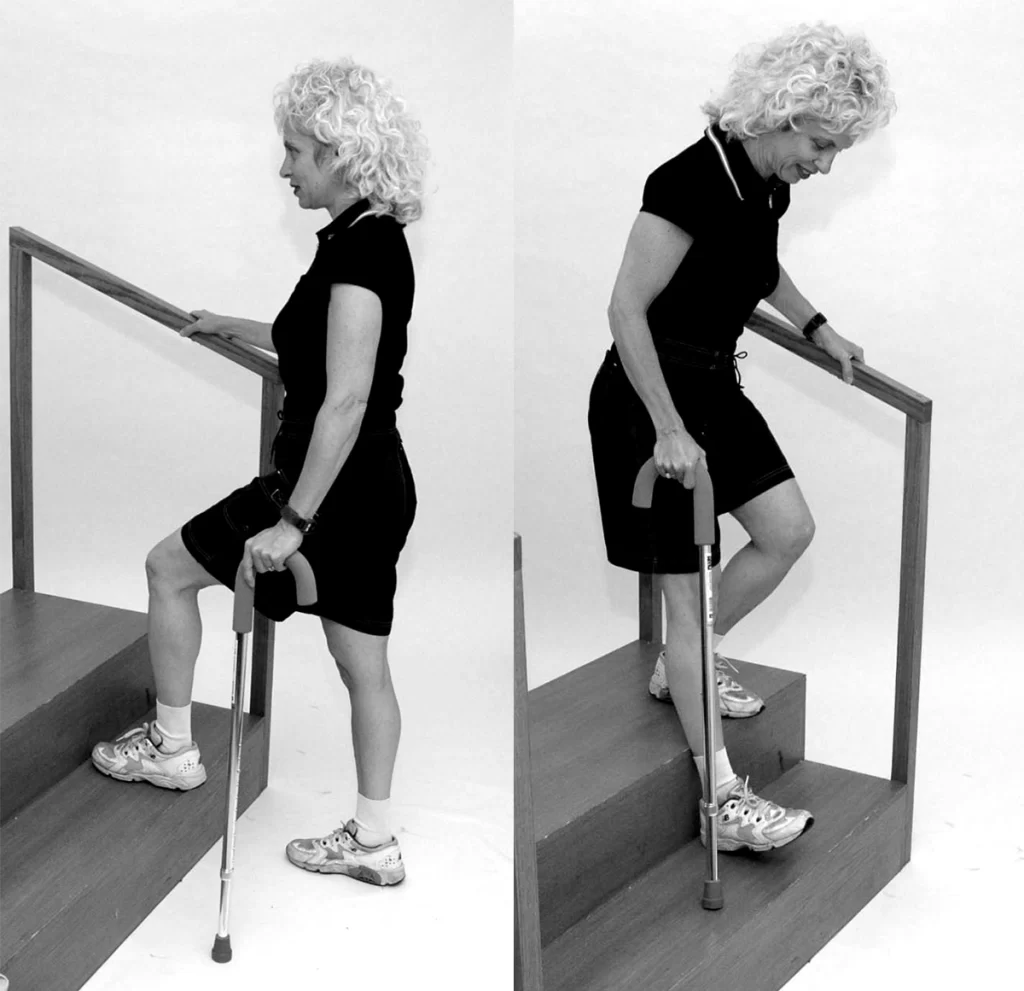
It is an excellent endurance and strengthening exercise and it also needs flexibility.
In the first stage, you will have to work with support like a handrail and only one step at a time. Always try to lead up with your good leg and when you were descending the stairs at that time, use you’re operated first.
You can also take someone’s help at the time stair climbing.
Do not try to climb very higher stairs. Then a standard size of stairs.
After some time you will be able to climb the stairs by yourself, and your muscle become stronger than before.
Cycling Exercise

The cycling Exercise bike is a great option to improve muscle strength and hip mobility.
To do a cycling exercise, first, adjust the seat height in such a way that your foot is firmly placed on the pedal with the knee straight.
Check by one Pedal backward at first.
Ride forward move only after a comfortable cycling movement is possible backward.
As you improve (at about 4 to 6 weeks) gradually increase the tension on the cycle.
Exercise cycle for 10 to 15 minutes 2 times a day at first, slowly reaching up to 20 to 30 minutes, 4 to 6 times a week.
Exercises and Things Need to Avoid :
Some Exercise you needs to avoid because of pain and risk of hip dislocation.
Do not move your leg to the other leg side (Adduction of Hip) to avoid the dislocation of the hip after surgery, if you will do that so it may lead to a dislocation of the head of the femur.
Second thing is that you will not do the internal and external rotation of the leg which may result in pain and dislocation of the head of the femur.
During the Straight leg raises exercise you will not raise your leg more than 70 Degrees, it may also result in dislocation of the hip.
This is all about post-operative total Hip replacement exercises if you have any type of query so you can write it down.
FAQ :
What exercises should be avoided after hip replacement?
You should avoid Hip adduction and Hip rotation exercise, which will increase the risk of Hip dislocation, and also avoid SLR exercise more than 70 degrees.
What is the best sitting position after hip replacement?
You need to sit in a firm chair with the leg and rest straight within your comfort zone which will help to not happen pain again in sitting.
How long does it take to walk normally after hip surgery?
You can start walking on the same day or from the next day of the surgery but for normal walking, you will take 20 to 30 days.
What hurts the most after hip replacement surgery?
You may feel some discomfort and pain at the first but after some time it will adjust as before normal so you don’t have to worry much about the replaced hip.
How long should I elevate my leg after hip replacement?
Elevate your leg many times a day for 30 to 40 minutes which will help you to increase blood flow at the Hip Replacement side.


